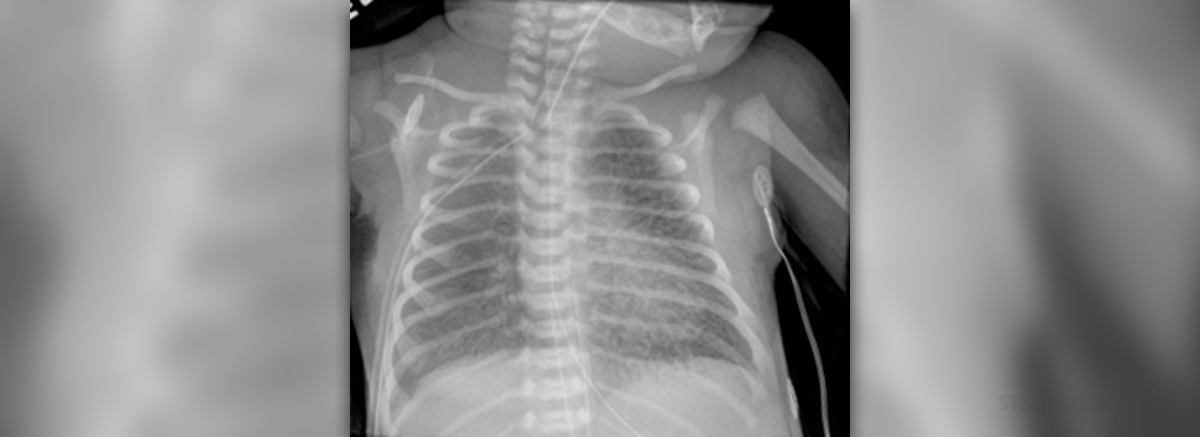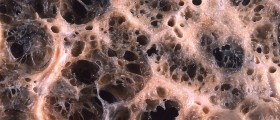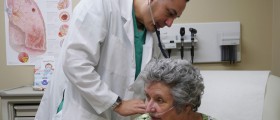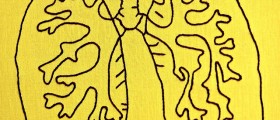
What is Pulmonary Emphysema?
Pulmonary emphysema is defined as a permanent increase of respiratory tract which is caused by dilation of air spaces and destruction of partition walls between the alveoli. It is characterized by lung tissue damage in the primary lung units for gas exchange (acinus). There are two forms of this disease based on the localization of morphological damage in the acinus: centriacinar and panacinar emphysema. Both types of morphological damage are very often observed in the same lung, but with the prevalence of one type.Causes
More risk factors lead to the development of pulmonary emphysema such as: smoking, air pollution, infections and genetic factors.Tobacco smoke is, without doubt, the primary cause of the pulmonary emphysema occurrence. Smoking, as a major cause of pulmonary emphysema, is found in 80 to 90% of patients.
The incidence and mortality of pulmonary emphysema is higher in urban, industrialized areas than in rural areas. Exacerbation of chronic bronchitis is associated with increased pollution of air, sulfur dioxide and solid particles. Indoor air pollution has also contributes to the development of the disease, because of the dust and the use of different solid fuels for heating and cooking.
Symptoms and Pathophysiological Disorders
The main functional disorders in pulmonary emphysema include: disturbance of the airways transience, swelling of the lungs and disorder of gases concentration in the blood.Pathophysiological disorders are manifested in cough, expectorant, whistling in the chest and dispnea.
The dominant clinical symptom of pulmonary emphysema is a sense of lack of air (dispnea), which occurs during the effort. It is usually followed by a little cough and scarce mucous sputum expectoration. This occurs in several ways: by bronchial blockage with accumulated mucus, mucosa thickening, reduction of bronchial lumen and so on. Dispnea occurs gradually, often unnoticed, and aggravates by the physical strain, infection, inhalation of cold air, irritating gases and vapors. It becomes more difficult over the years and pronounced by little physical effort, and even in the idle state. In the advanced stage of the disease, dispnea leads to disability and intolerance of the easiest actions, such as, washing, dressing, taking food, and speaking.
There is a capture of air in the lungs, loss of tissue elasticity and swelling due to the disorder of respiratory tract transience.
A patient with pulmonary emphysema is often thin and asthenic. He/she usually sits with head bent forward and hand stretched out, relying on the palms in order to fix the shoulders and allow using the back muscles for efficient expiratory flow. They usually breathe through squeezed lips.
Among hematological disorders, Leucocytosis (increased concentration of white blood cells ) and erythrocytosis in the case of hypoxia are common. Pus, granulocytes and bacteria can be found in sputum. X-ray of lungs with pulmonary emphysema shows small or large light patches and flat diaphragm.
Diagnosis
Diagnosis is based on anamnesis, clinical and X-ray-findings. Final confirmation of the pulmonary emphysema diagnosis requires patients undergoing functional lung testing.Treatment
Emphysema curing is not possible. However, in the early recognized emphysema is possible to slow down and stop the progression of disease by applying valid measures of changing habits. It primarily refers to the cessation of smoking.An important aspect of pulmonary emphysema therapy is respiratory kinesitherapy. It is based on learning techniques of muscle relaxing, placing the drainage position, proper use of the diaphragm in breathing and very important techniques of expiration that doesn’t allow collapse of small airways and subsequently passing the air obstruction.

















Your thoughts on this
Loading...